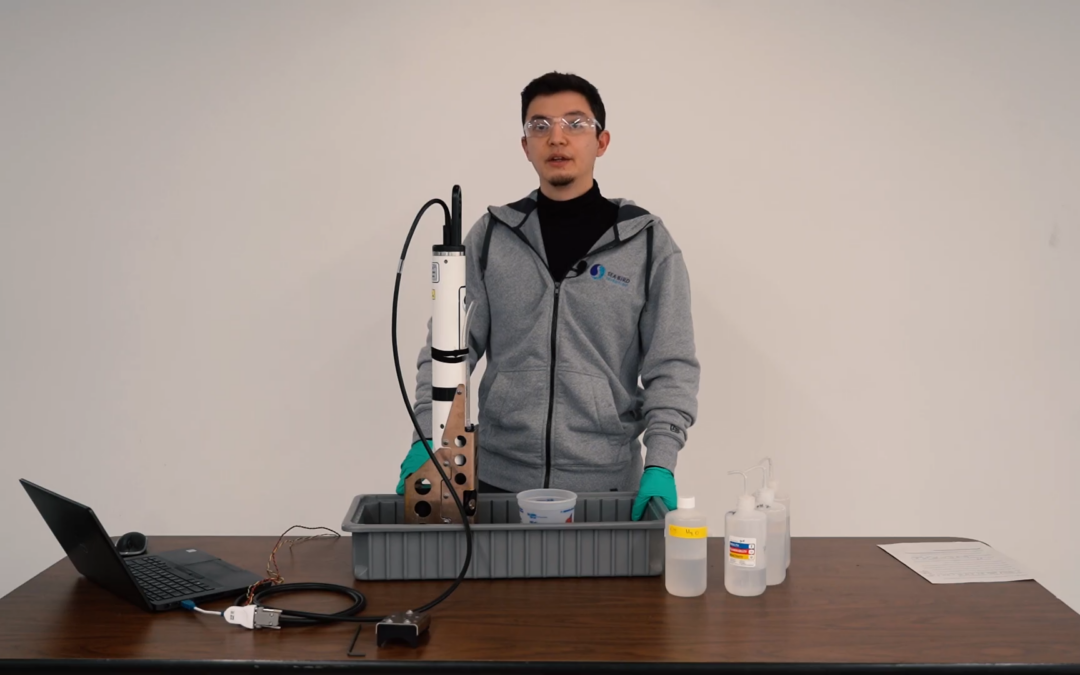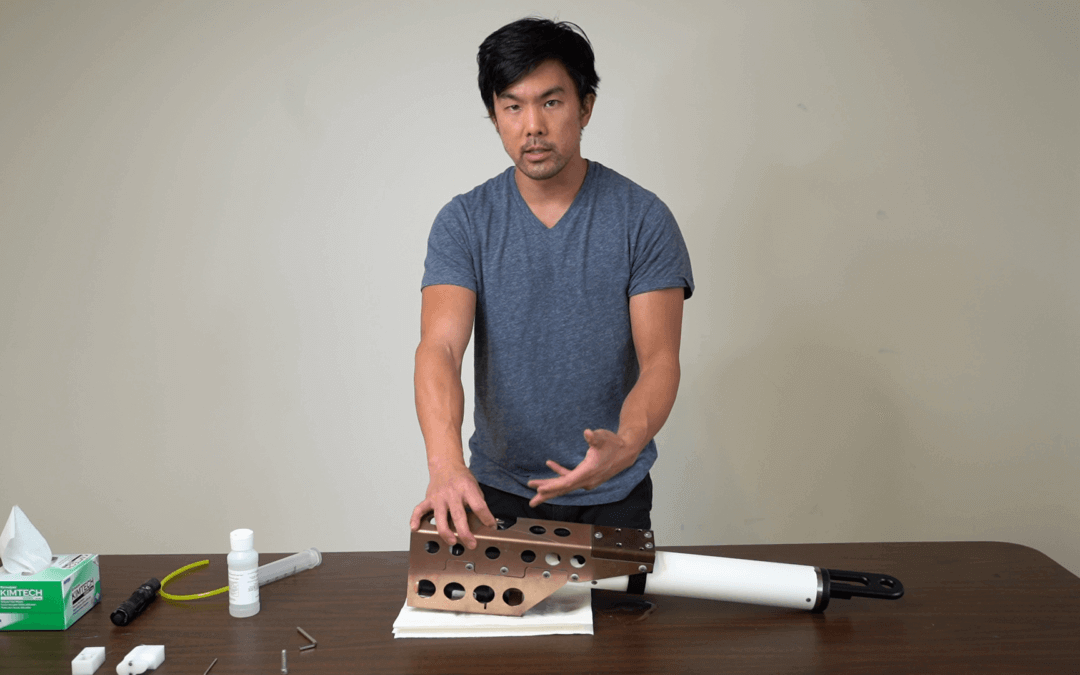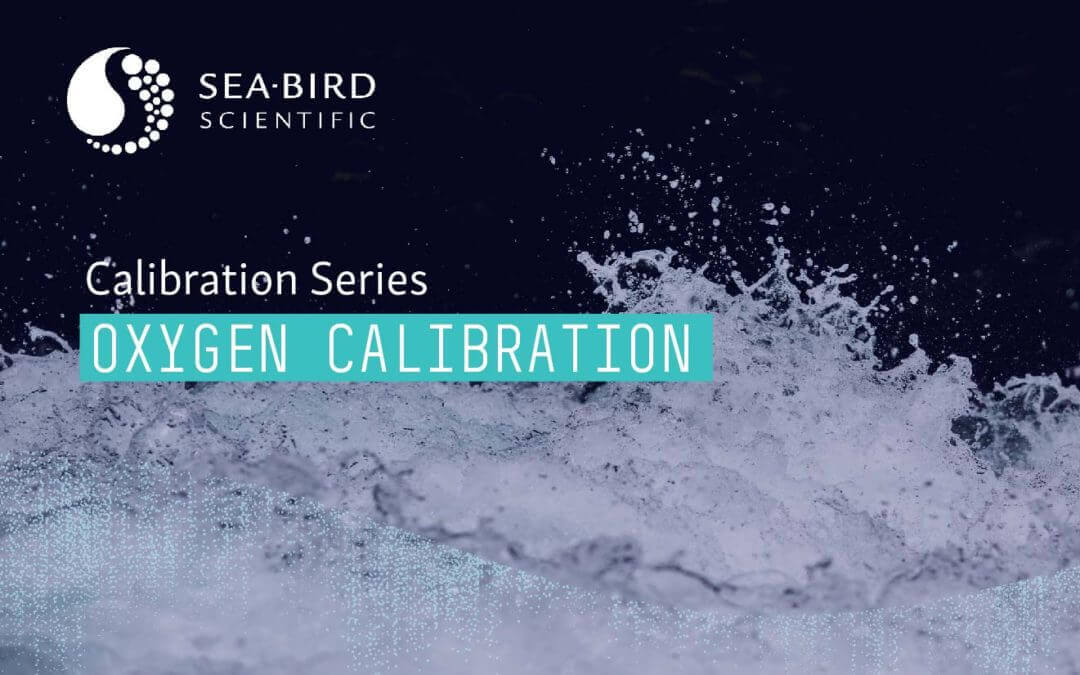Grab some pH buffer solutions and follow Cody Littleton, our primary HydroCAT-EP Service Technician, as he walks you through how to calibrate this pH sensor.


Grab some pH buffer solutions and follow Cody Littleton, our primary HydroCAT-EP Service Technician, as he walks you through how to calibrate this pH sensor.

We’ve built new safety features around the HydroCAT-EP V2’s pH sensor. Watch Greg teach you how to properly flush and store your pH sensors to get the most out of your gear.

The HydroCAT-EP V2 is the next generation of multiparameter instruments. It measures CTD data alongside dissolved oxygen, pH, fluorescence, and turbidity, all within a single self-contained package. Learn about the new changes to this product.

Our dissolved oxygen sensors, the SBE 43 and SBE 63, are calibrated with tools and methods we learned from calibrating our world-class temperature and conductivity sensors. Get a look behind the scenes in our calibration lab.

The SUNA V2 is an ultraviolet spectrometer designed to measure nitrate in-situ. At Sea-Bird, we use a temperature-controlled bath and various solutions to characterize and calibrate the sensor’s output. Learn how we prepare SUNA V2s for seawater and freshwater deployments.

ISFET pH sensors, like the SeaFET V2 and SeapHOx V2, receive a factory calibration, and don’t require regular field maintenance. Learn how we’ve adapted our calibration facility to account for conditions these instruments meet in the wild.

Conceptually, inductive moorings seem complex – communicating with 100 instruments through a single cable doesn’t exactly sound intuitive. But, in practice, the setup is surprisingly simple. Watch our latest video to see how easy it is to test and simulate an inductive modem mooring.

Conceptually, inductive moorings seem complex – communicating with 100 instruments through a single cable doesn’t exactly sound intuitive. But, in practice, the setup is surprisingly simple. Watch our latest video to see how easy it is to test and simulate an inductive modem mooring.

The acronym “CTD” might unofficially represent more than just conductivity, temperature, and depth. Since most CTDs include one or more auxiliary sensors, a given CTD package might technically be called a “CTDpHDOFLNTUTr” (CTD + pH + dissolved oxygen + fluorescence +...

In the last year of news, the dominant story has been a science topic: the coronavirus pandemic. And though most forms of Marine Science have little to do with the global response to COVID-19, its effects are felt in almost every aspect of our own scientific...
Dynamic Range Optical Sensors: Look Deeper with ECO V2 Dive into the next generation of optical monitoring with Sea-Bird Scientific's cutting-edge ECO V2 Series. The ECO V2 series offers an impressive dynamic range, seamlessly transitioning from the deep blue ocean...
Ensure Your Oil & Gas Operations Meet Environmental Compliance Standards Oil plays a crucial role in the modern world. However, its extraction necessitates vigilant monitoring of environmental impacts, such as oil spills and leaks from both active and closed...
Through focused, organization-wide collaboration, Sea-Bird Scientific has made significant strides in improving the customer experience, with extra attention on exceeding customer expectations in service, support and delivery. To reinforce this commitment, we are...